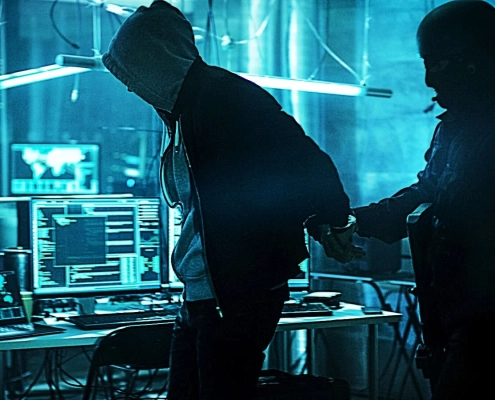Tag Archive for: ransomware

Police Dismantle Ransomware Group Behind Attacks in 71 Countries
In cooperation with Europol and Eurojust, law enforcement agencies from seven nations have arrested in Ukraine the core members of a ransomware group linked to attacks against organizations in 71 countries.
The cybercriminals paralyzed major…

Review of Mark Hughes’s article “5 Lessons We Learned From Our Ransomware Attack”
Xchanging, a subsidiary of DXC based in the UK, was attacked with ransomware on July 4th, 2020. Mark Hughes, senior vice president of offerings and strategic partners at DXC Technology, wrote an article in the Harvard Business Review titled…

10 Do’s and Don’ts of Cybersecurity for Small Businesses
The best way to avoid cyberattacks is to be prepared. Small businesses are especially at risk of attack because they are like low-hanging fruit to hackers - the most vulnerable, with the least amount of security policies and practices implemented.…